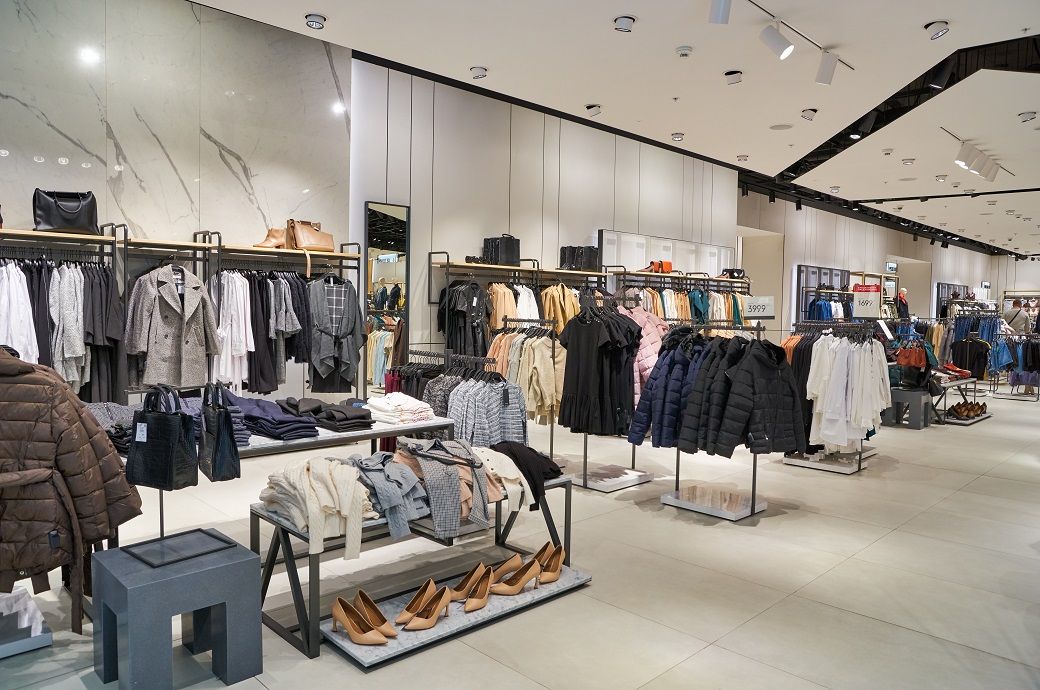
In July, the Conference Board's Index of Consumer Confidence rose to 117.0, continuing its growth for the second month. Though below the post-COVID high, it's the highest since July 2021. In June, inflation-adjusted consumer spending increased 0.4 per cent month-over-month and 2.4 per cent year-over-year.
Spending on garments grew 0.1 per cent monthly but declined 1.0 per cent annually, marking a fourth month of year-over-decrease in July. Still, clothing purchases are 20 per cent higher than 2019 rates, Cotton Inc said in its US Macroeconomic Indicators & the Cotton Supply Chain - August 2023.
The US economy added an estimated 187,000 jobs in July, with revised figures for May and June. The current twelve-month average is 223,000. The unemployment rate fell marginally to 3.5 per cent, a range maintained since March 2022, marking historically low levels last seen in the late 1960s. Average hourly wage growth remained at 4.4 per cent year-over-year, nearly twice the 2010-2015 average but lower than the post-COVID-stimulus peak of 5.9 per cent in March 2022.
The US economy grew at a 2.4 per cent annualised rate in Q2, following growth in previous quarters and contraction in early 2022. This growth, despite interest rate hikes, fuels optimism for a ‘soft landing’ after significant rate increases. The Federal Reserve recently raised rates to a range between 5.25 and 5.50 per cent. Inflation has fallen sharply from 9.1 per cent to 3.0 per cent year-over-year, and wage growth exceeding price growth may increase consumer spending power. However, uncertainty persists with inflation focusing on services, and continued interest rate hikes may still impact economic growth.
Fibre2Fashion News Desk (KD)